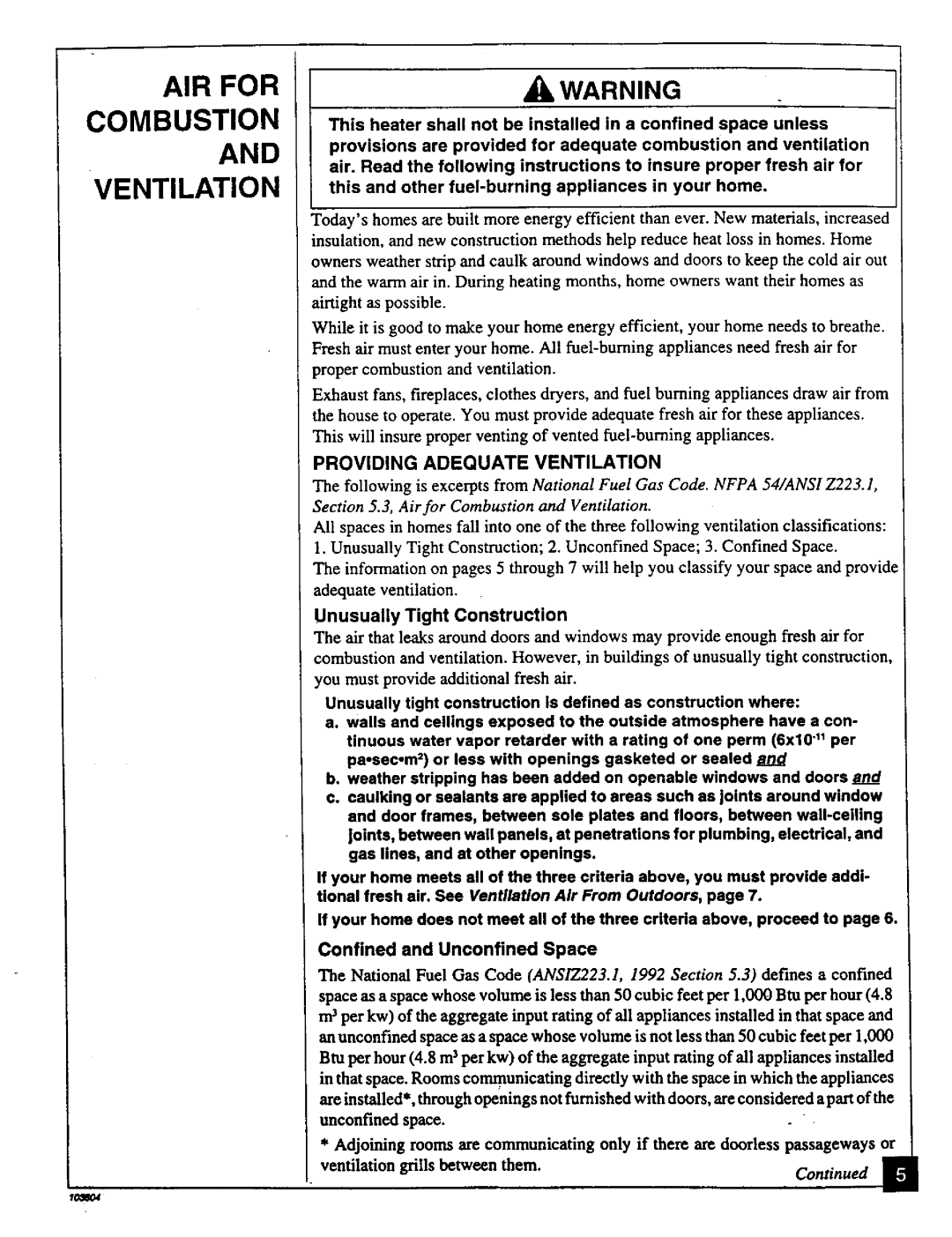CGD3924PT, CGD3930PT specifications
The Desa Tech CGD3924PT and CGD3930PT are sophisticated heating solutions designed to provide warmth and comfort in various residential settings. These models reflect the company's commitment to quality, efficiency, and user-friendliness, making them ideal for homeowners seeking reliable heat sources during colder months.One of the standout features of both the CGD3924PT and CGD3930PT is their powerful heating capability. The CGD3924PT boasts an impressive heat output of 24,000 BTUs, while the CGD3930PT offers a robust 30,000 BTUs, ensuring they can effectively warm larger spaces quickly. This makes them suitable for living rooms, basements, and even commercial settings where efficient heating is crucial.
Both models are equipped with advanced infrared technology, which allows for more efficient heat distribution. This technology ensures that warmth is evenly dispersed throughout the room, minimizing cold spots and enhancing comfort. Additionally, the infrared heating process is known for being energy-efficient, translating to lower energy bills for the homeowner.
User convenience is another focus of the Desa Tech CGD series. Each unit is designed with an easy-to-use control panel that allows for simple adjustment of the temperature settings. This intuitive interface, combined with features like a remote control on the CGD3930PT, offers users the ability to manage their heating preferences effortlessly from anywhere in the room.
Safety is paramount, and Desa Tech takes it seriously. Both models feature an automatic shut-off mechanism that activates under specific conditions, providing peace of mind to users, especially in households with children or pets. In addition, the units incorporate a built-in oxygen depletion sensor, which ensures that the unit operates safely in enclosed spaces by shutting off if oxygen levels drop too low.
The aesthetic design of the CGD3924PT and CGD3930PT is another noteworthy characteristic. Both models feature a sleek, modern finish that can complement a variety of interior decor styles. They can be easily integrated into existing home designs without compromising overall aesthetics.
In summary, the Desa Tech CGD3924PT and CGD3930PT are powerful, efficient, and user-friendly heating solutions. With their advanced infrared technology, considerable heat outputs, straightforward controls, safety features, and attractive designs, they stand out as excellent choices for anyone looking to improve their home heating experience. Whether you’re seeking to warm up a cozy living space or a larger commercial area, these units deliver performance and reliability, making them worthy investments for any homeowner.

